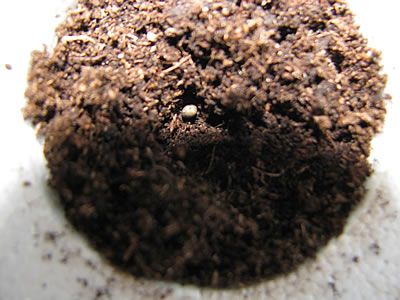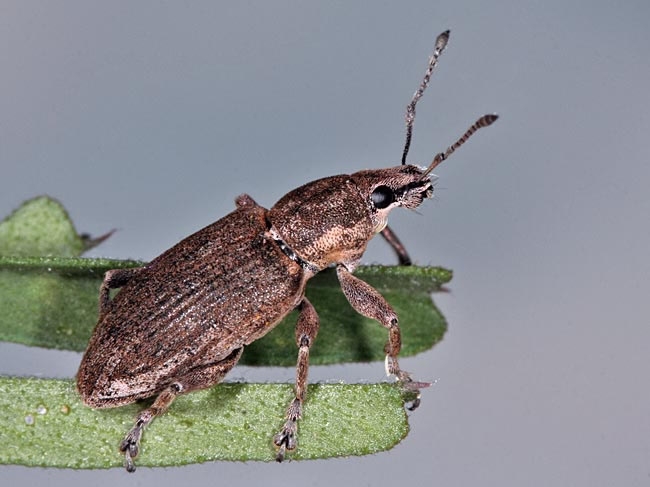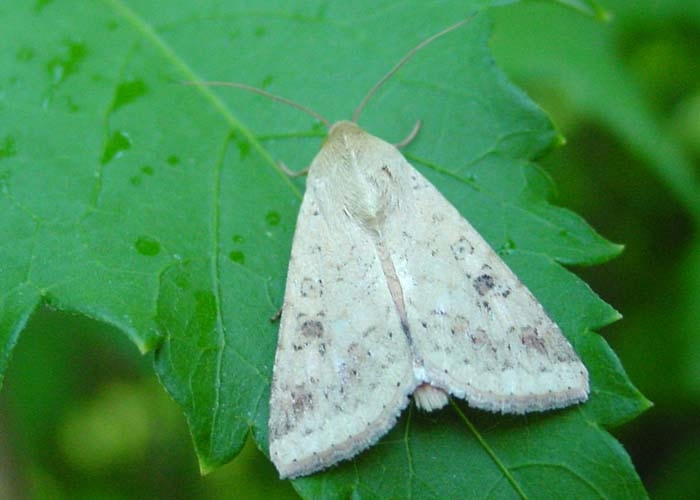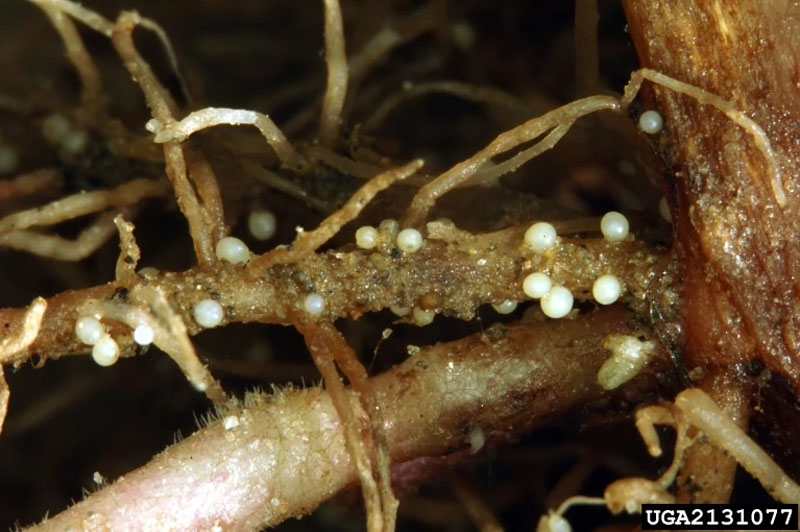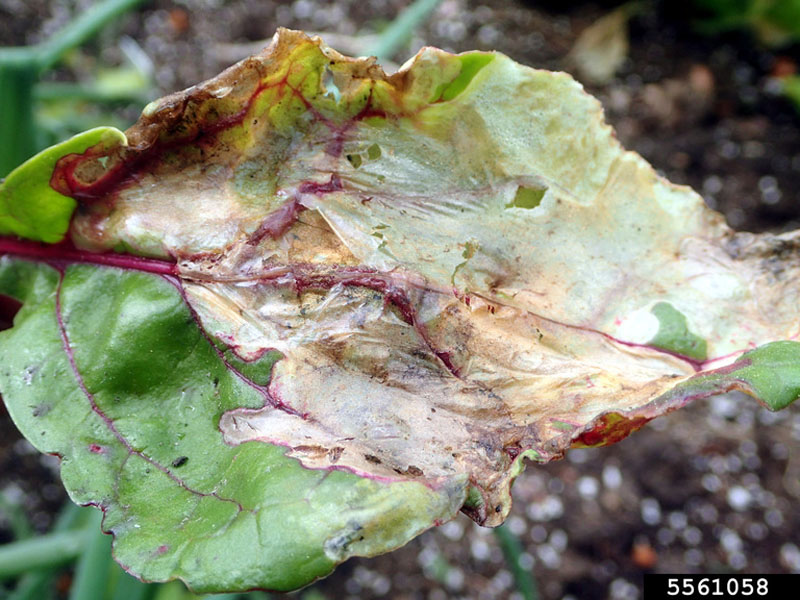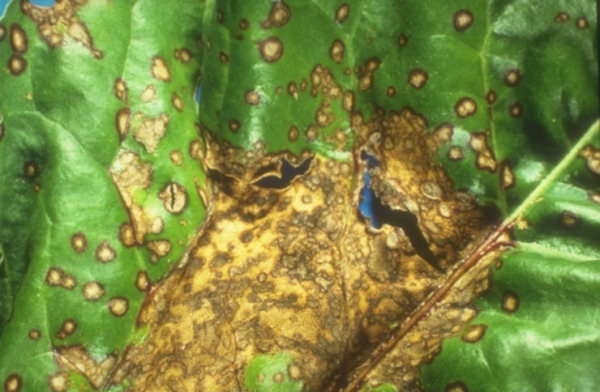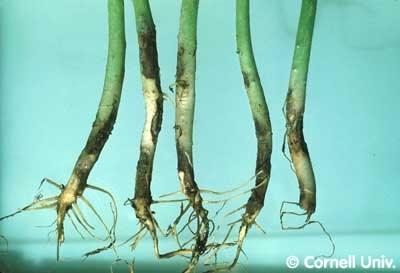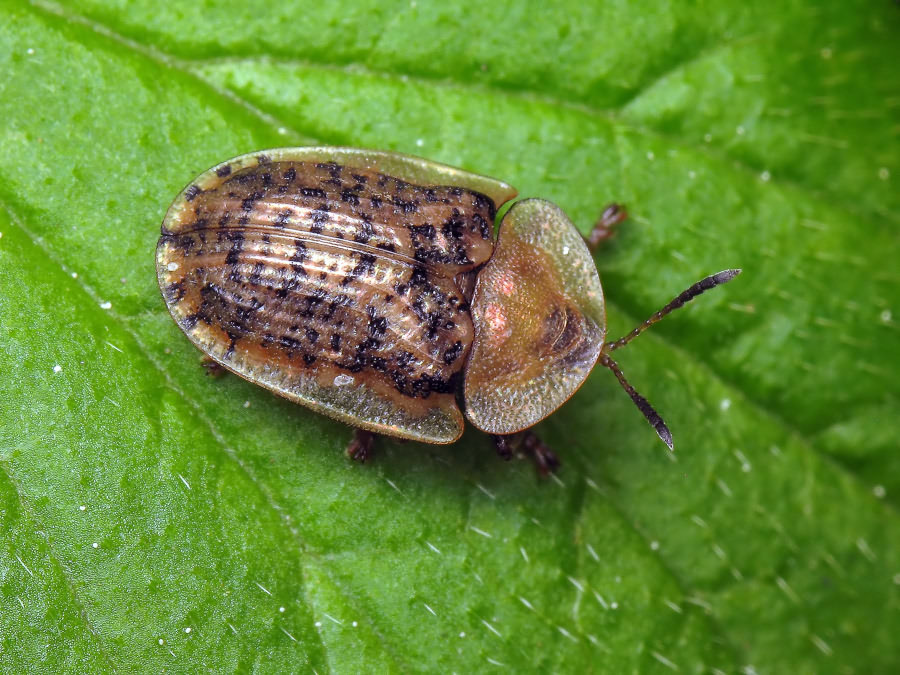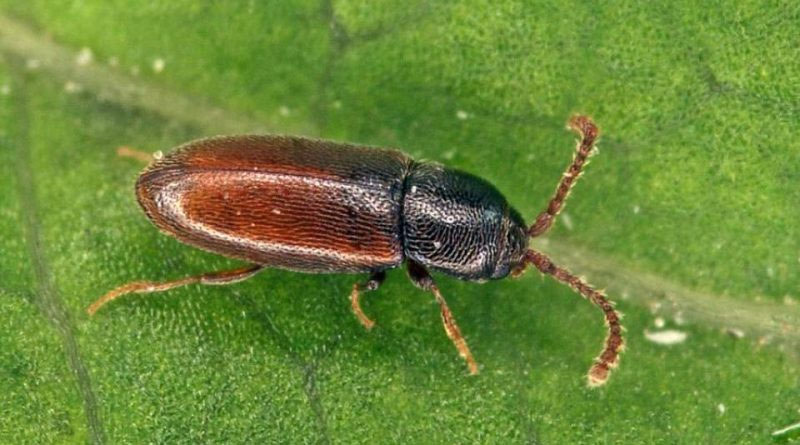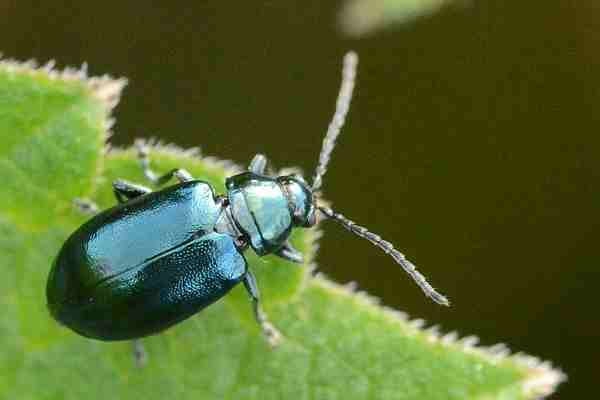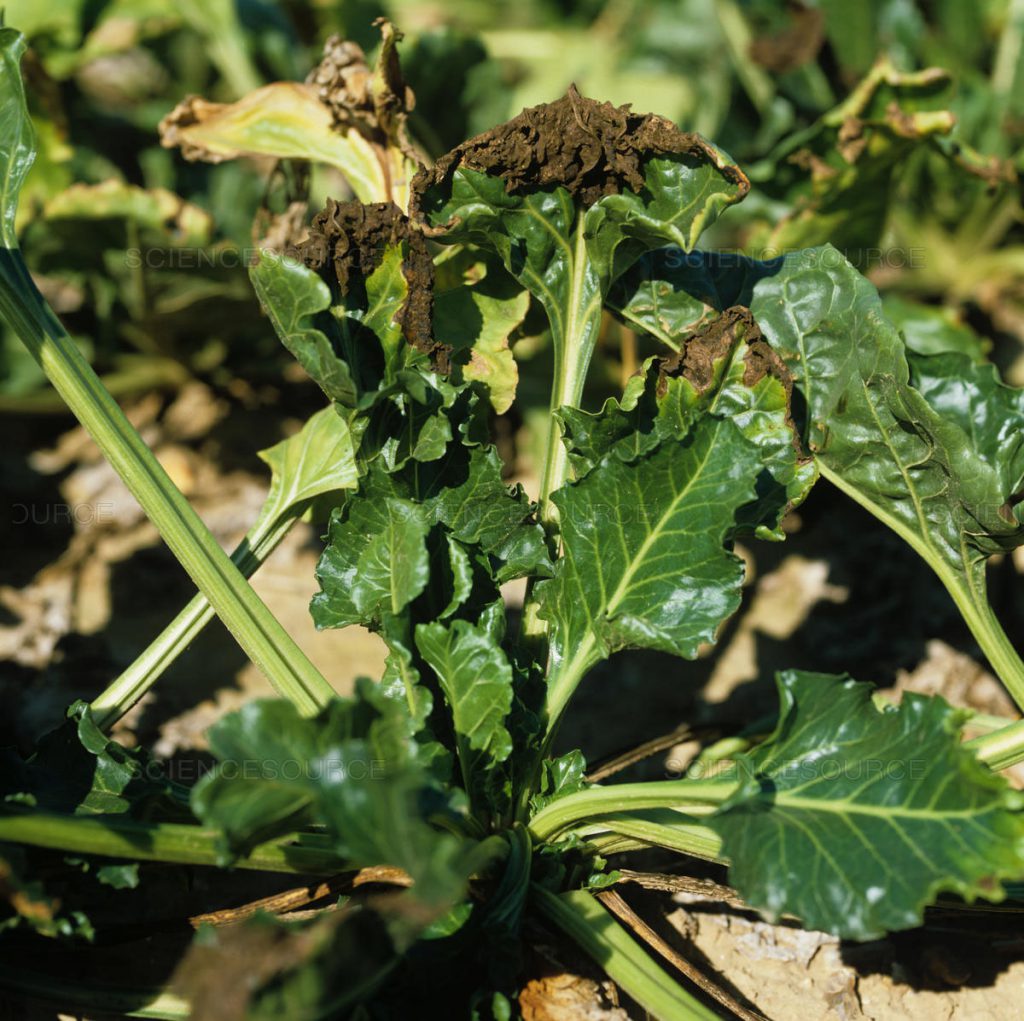I sow broccoli, spinach, lettuce seeds in a speedling tray seed starter
In September I sow broccoli, spinach and lettuce seeds. Start of September or late August is the time to start preparing for the autumn crops. I chose to start the fall season by growing broccoli, spinach, lettuce and beets (beets are not mentioned in the rest of this article). Broccoli is beneficial to health. Spinach […]
I sow broccoli, spinach, lettuce seeds in a speedling tray seed starter Read More »

